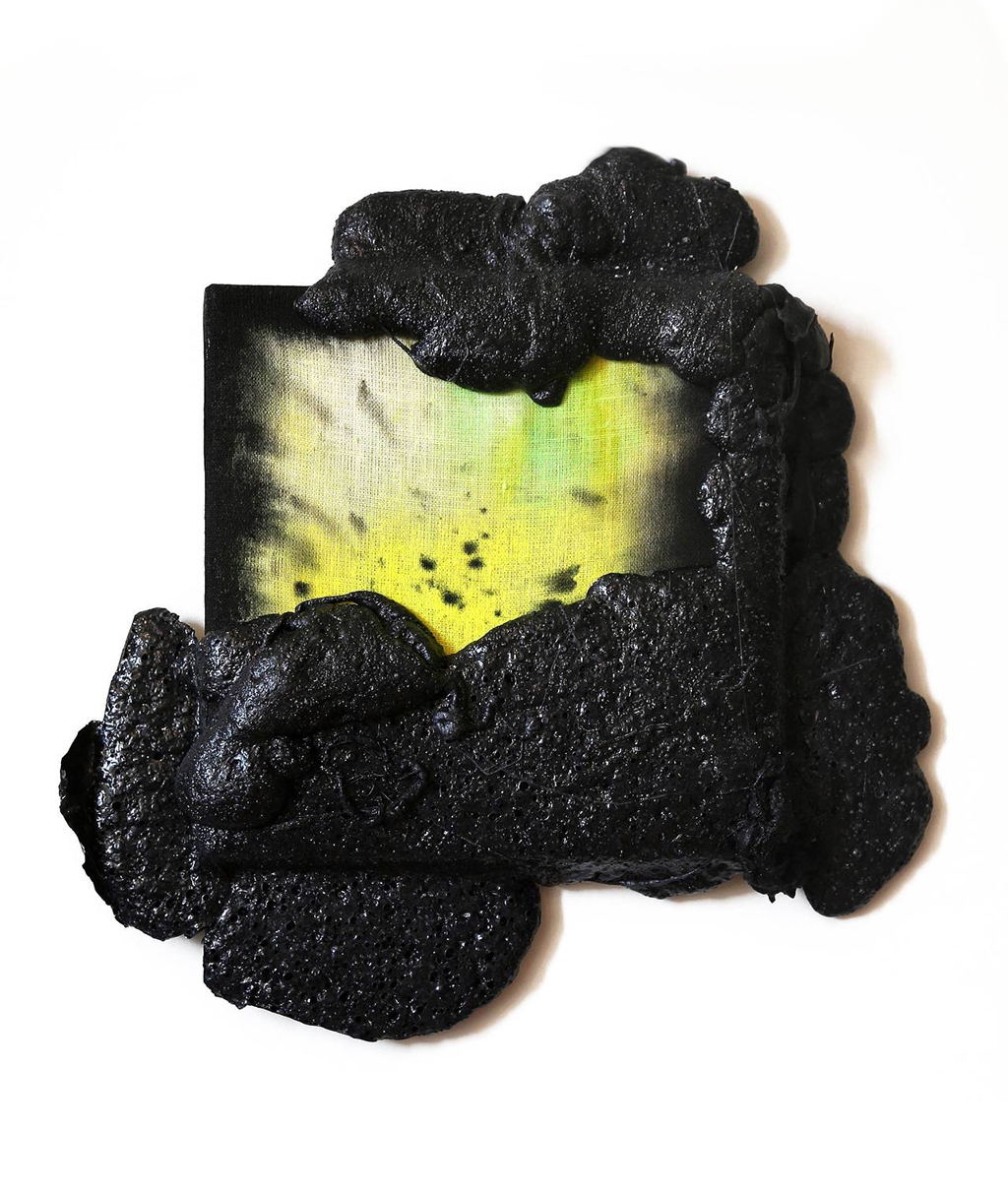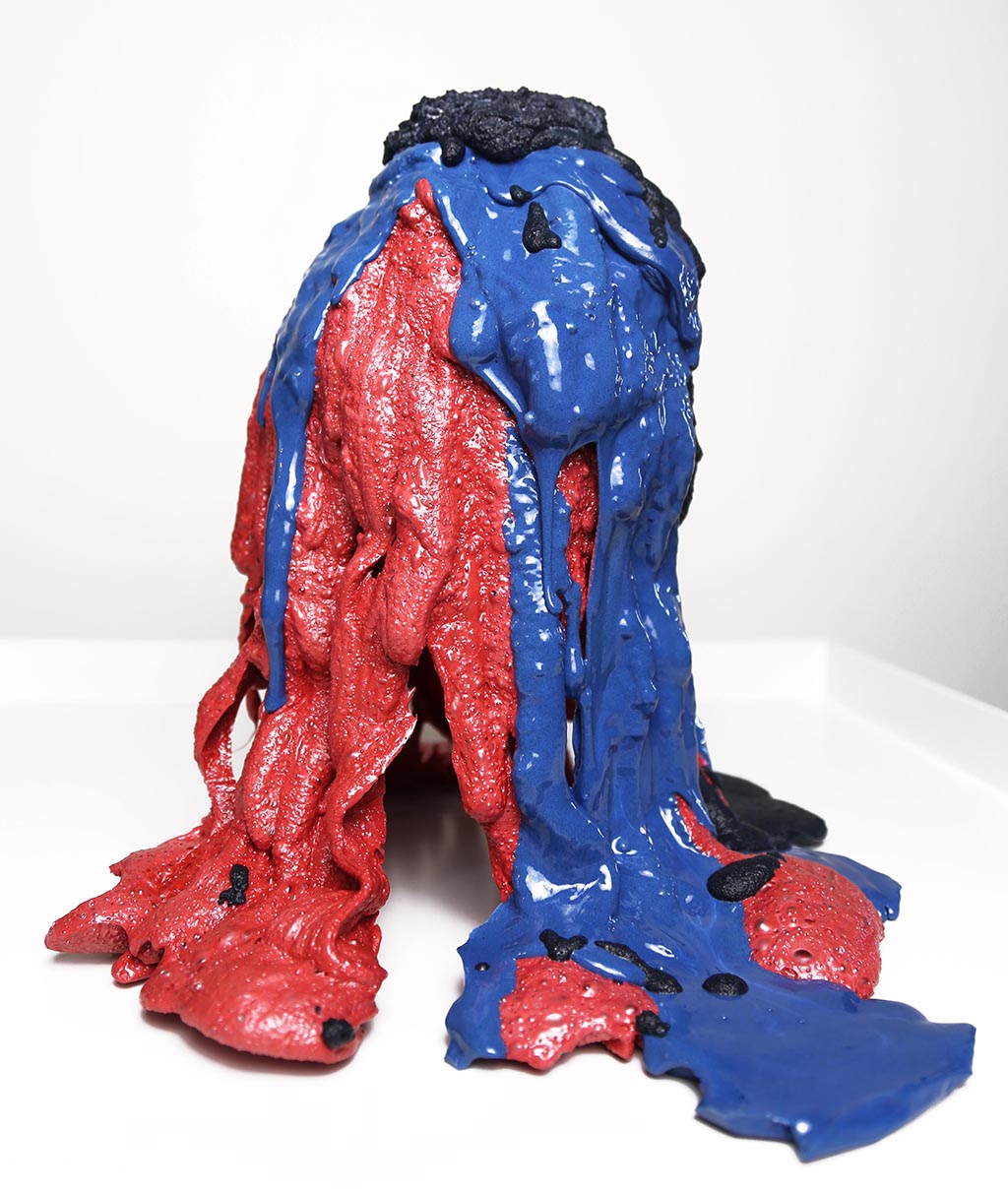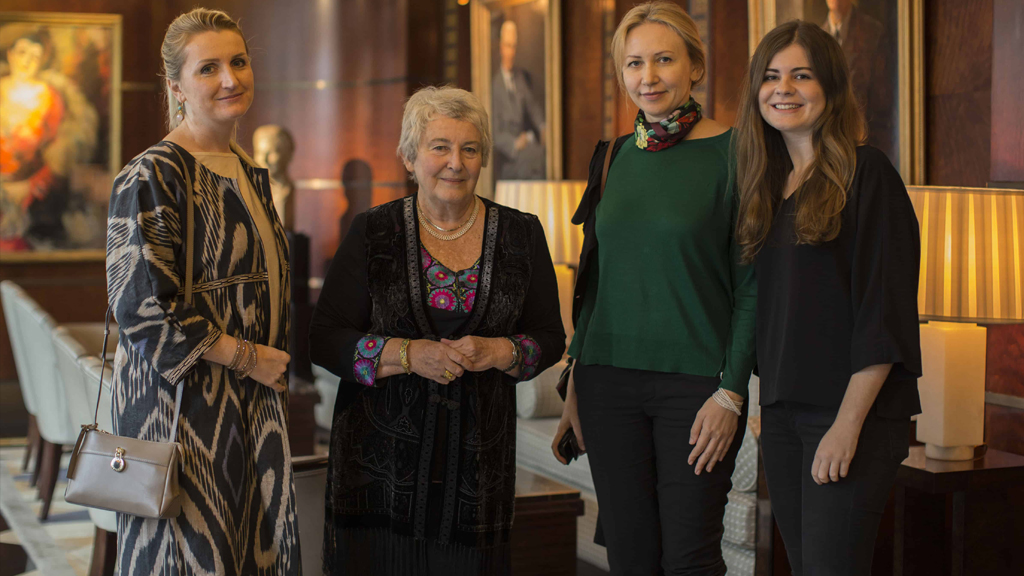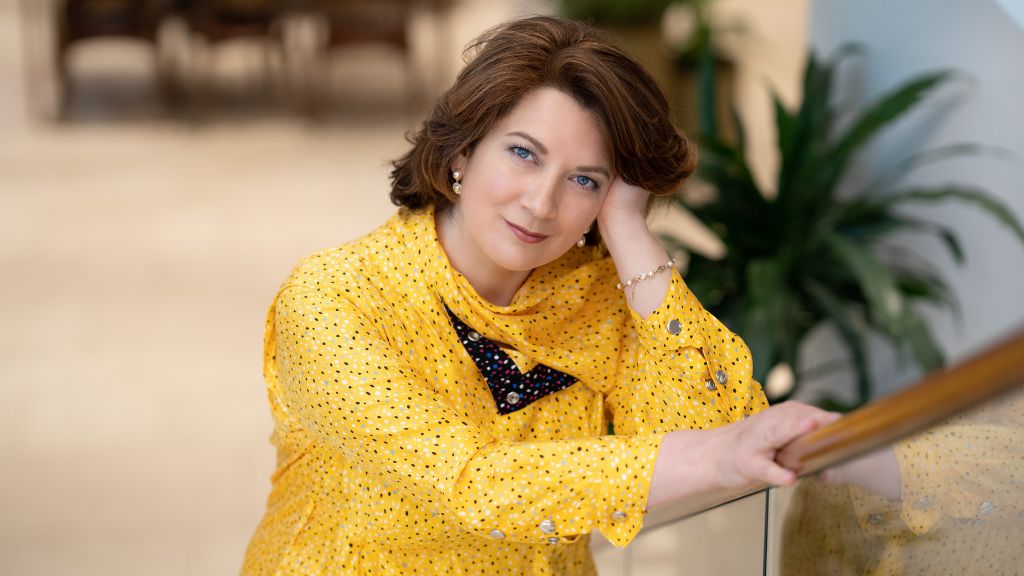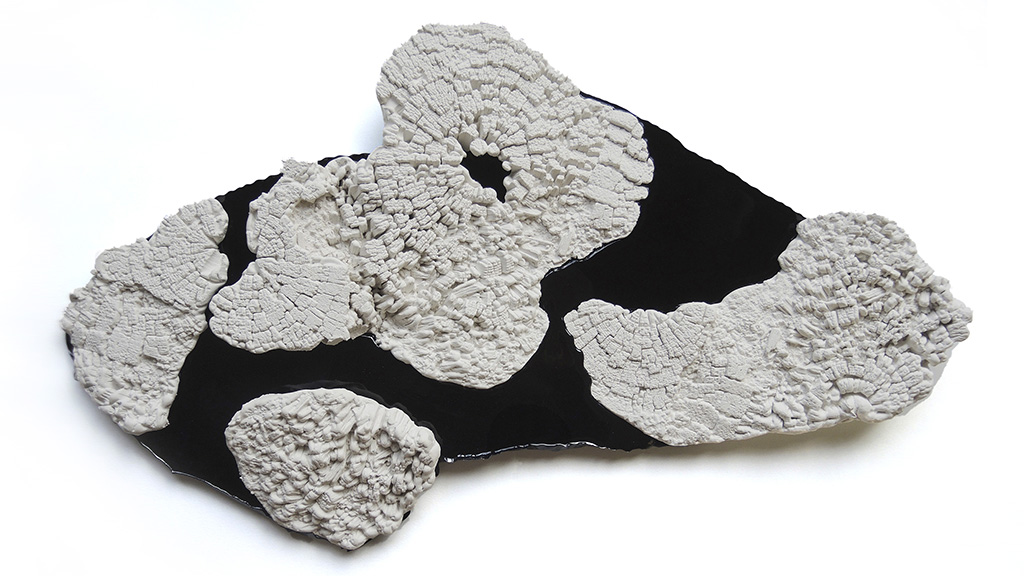
Lilia Bakanova and Evgenia Makarova: artists who are not afraid to experiment
Afisha.London magazine continues a series of articles about talented people, musicians, poets, photographers, whose original work deserves attention. The heroes of today’s article are Lilia Bakanova and Evgenia Makarova, artists working with different themes, who are united by an interest in non-traditional materials and new techniques.
Today, in a time when it is so difficult to verify facts, when there is too much information around us, and when we sometimes feel unable to distinguish truth from falsehood, all kinds of speculative approaches are gaining momentum in the arts. Speculation of all kinds in art responds best to the tangled discourses of the modern world. Art offers alternative narratives, but, unlike the artistic tactics of the twentieth century, it does not write loud manifestos or declare large project statements. Instead, it concentrates on contingencies, subtle inconsistencies, vague affects, and obscure observations.
- Evgenia Makarova
- Evgenia Makarova
Art of Lilia Bakanova and Evgenia Makarova reflects this approach. Bakanova works with themes of decay, memory and aging. All these topics lead the artist to the questions of what artifacts of events that once happened are, what knowledge they contain, and what we can extract from this intrinsic knowledge of the objects. Obviously, working with any artifact-trace of an event forces us to complete the narrative — not just to reconstruct what happened, but to creatively participate in the process of creating a completely new, unique story. This task, which Bakanova poses to the viewer, is also a very relevant artistic move. In today’s world, where we are all accomplices and co-creators of global information and emotional noise, we can no longer afford to be mere observers, we become subjects of action instead.
Follow us on Twitter for news about Russian life and culture
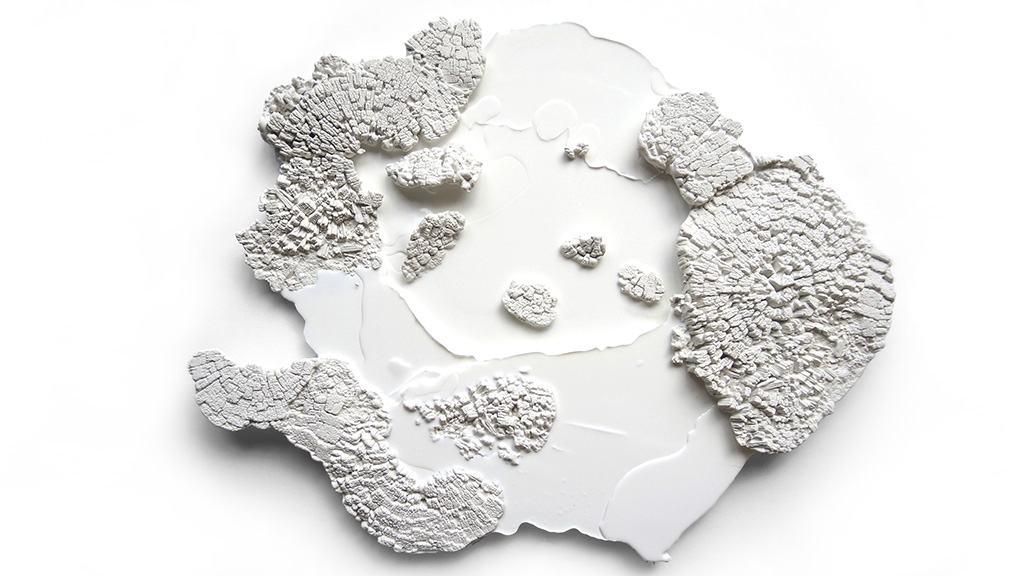
Lilia Bakanova
Evgenia Makarova, in turn, works with the themes of affective states and the emotional and psychological effects that shape our perception of the world. With the help of mixed techniques (both artists use synthetic materials in their works — another consequence of both of them paying close attention to current artistic approaches) Makarova creates strong, emotional and in their own way aggressive works.
“If Bakanova’s objects are often imitations of organic forms (in fact, they are a complex combination of techniques), then Makarova’s sculptures are as if aliens from other planets, other time, other reality. This is how we often perceive our own feelings and sensations — as a foreign, uncontrollable movement within us, which subjugates our mind and changes the trajectories of our lives beyond recognition” — notes Natalya Serkova, philosopher, art theorist, co-founder of the project about contemporary art TZVETNIK.
In general, the artistic method of both artists can be described as object-oriented. Speculative narratives are translated not so much through the usual construction of stories, as through the creation of objects, which they view as active participants in networks of interactions — with the viewer, with each other, with meanings and words. Although the themes of both artists’ works are different, they are closely united by their attention to the internal energy and power of the object, to its latent ability to construct other, unfamiliar stories, realities and worlds.
Cover photo: Lilia Bakanova
Read more:
Olga Sorokina: artist inspired by folklore and nature
Alina Safronova: from the world of pain to the world of art
Artist Irene Makarova: the presence of the Eternal in the Everyday
SUBSCRIBE
Receive our digest once a week with quality Russian events and articles
